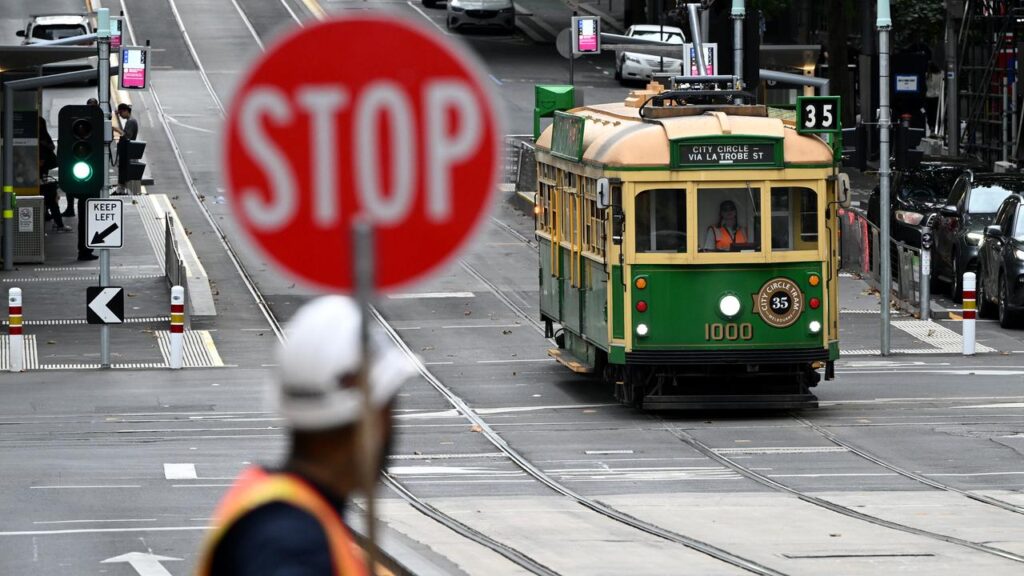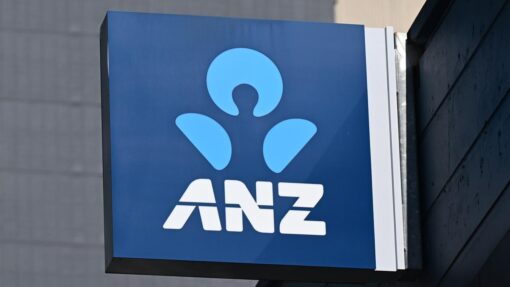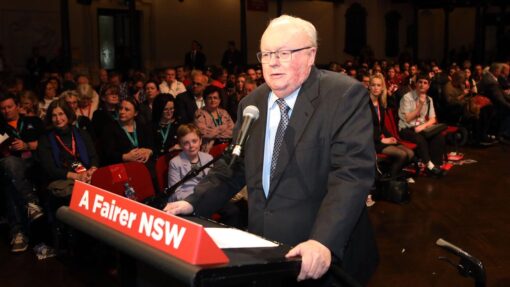Real wages boost for workers, but costs might worry RBA
Jacob Shteyman |

Workers have enjoyed the strongest annual growth in real wages in more than five years, but the Reserve Bank will be on alert in case labour costs cause inflation to fire up again.
Wages grew by 3.4 per cent in the year to June, slightly above expectations, the Australian Bureau of Statistics reported on Wednesday.
The annual figure was steady from the first quarter, but real wages growth was up to 1.3 per cent because inflation fell to 2.1 per cent in the March period.

With the wage price index rising at 0.8 per cent over the three months to June, growth has stabilised after peaking at 4.2 per cent at the end of 2023.
A smaller proportion of jobs were getting large wage increases than a year ago, contributing to lower overall wage growth, ABS head of prices statistics Michelle Marquardt said.
Public-sector wages rose one per cent over the quarter, outpacing increases for workers in the private sector, who saw an average increase of 0.8 per cent.
“This quarter’s lift in the public sector reflected backdated pay rises from recently approved state-based enterprise agreements coming into effect, coupled with regular scheduled pay increases,” Ms Marquardt said.
Treasurer Jim Chalmers said it was a positive outcome.
“One of the most important objectives of our economic plan is to make sure that Australians earn more and keep more of what they earn,” he told reporters in Canberra.
“And these figures today show that we are making meaningful progress.”
Wages growth was marginally higher than the Reserve Bank’s forecast, released on Tuesday as it cut the cash rate to 3.6 per cent.
NAB head of markets economics Tapas Strickland said Wednesday’s data would have few implications for the central bank’s next interest rate decision in September, but wages figures would gain greater importance going forward.
That’s because the central bank’s staff economists lowered their assumption for productivity growth from one per cent to 0.7 per cent, meaning the rate at which wages could outpace price growth without adding to inflation was lower.
“Overall, that suggests a full (Consumer Price Index) along with the national accounts is still needed to shore up the RBA’s ongoing judgements and yesterday’s NAB Business Survey still suggests some caution is warranted on cost trends,” he said.
That would rule out a cut at the Reserve Bank’s next meeting in September, which falls before the next quarterly inflation release.
Following Tuesday’s cut, central bank governor Michele Bullock said the board would take things “meeting by meeting”, keeping a close eye on upcoming data releases to ensure the economy continued to progress in line with its goals.
CBA senior economist Belinda Allen expects the RBA to wait until November before cutting again, but that could shift depending on how the data unfolds.
“The governor did not rule out back‑to‑back cuts. Inflation appears under control, so any acceleration of the cutting cycle we expect would have to be driven by a deterioration in the labour market,” she said.
The most important data readings before the next meeting would be labour force surveys released on Thursday and in September, as well as economic growth figures for the June quarter to be released on September 3, Ms Allen said.
AAP


